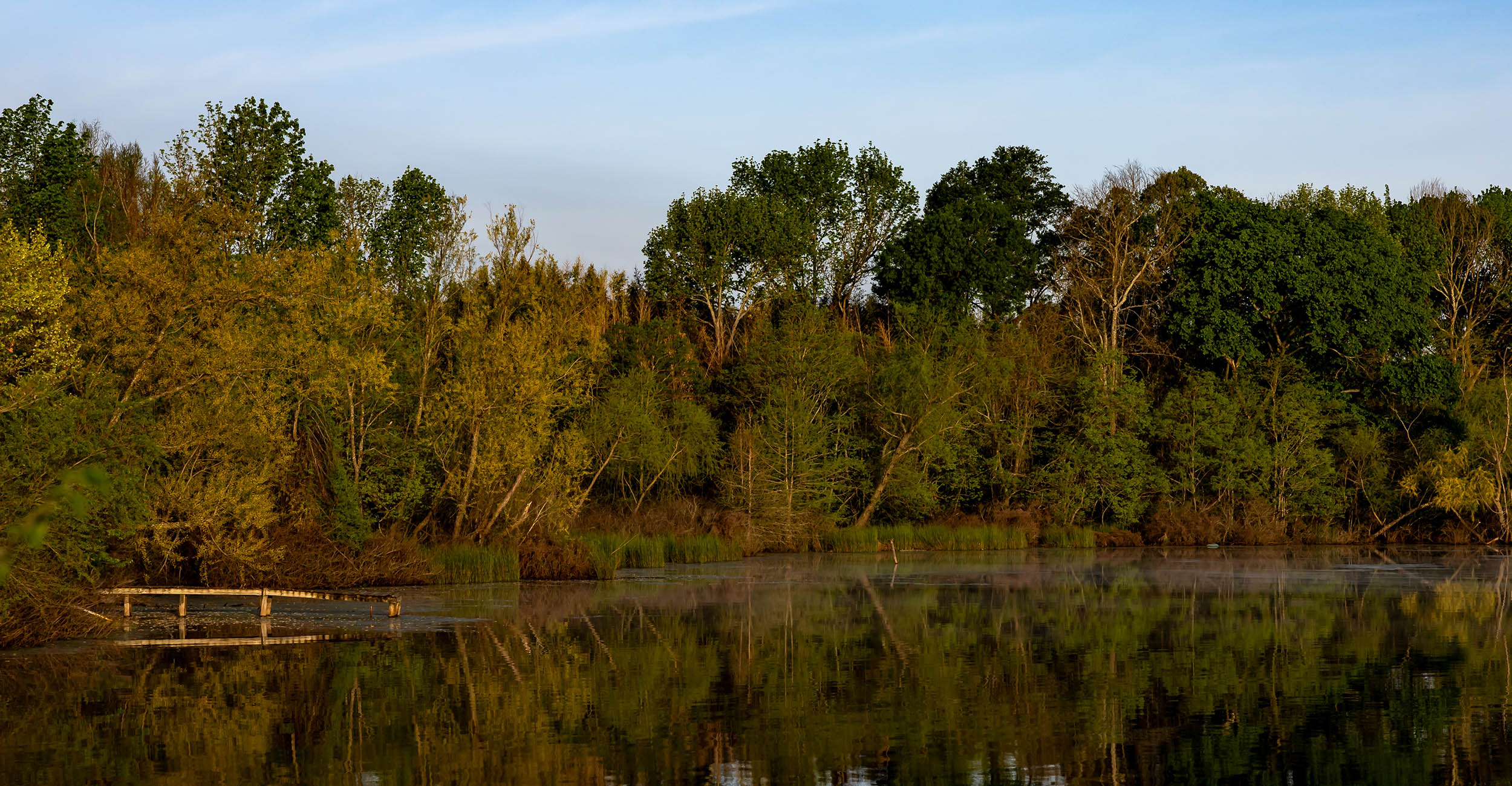
OSU, Tennessee researchers make an impact on biomass economic and sustainability potential
Wednesday, July 10, 2024
Media Contact: Alisa Boswell-Gore | Office of Communications & Marketing | 405-744-7115 | alisa.gore@okstate.edu
Oklahoma State University is leaving its mark on increasing biomass production in the United States by contributing to the U.S. Department of Energy 2023 Billion-Ton Report.
Released in March, the report examines more than 60 resources for biomass production with agricultural land, forest land, waste and algae.
Biomass is organic material from crop residue, agriculture and food waste, forest residue, trees and dedicated energy crops. It can be used to make sustainable fuel, fibers, electricity, construction materials, plastics and more.
According to the Billion-Ton Report, the agriculture industry has the potential to produce about 500-800 million tons of biomass annually with the current bioeconomy producing 340 million tons of biomass per year. The report highlights that 7% of cropland and 12% of pastureland could contribute to the biomass market through native plant growth. For example, switchgrass in Oklahoma could be used as a biomass crop.
Lixia Lambert, assistant professor in the OSU Department of Agricultural Economics, has teamed up with OSU alumni to help prepare the Billion-Ton Report for the past 12 years.
Since 2015, Lambert and Burton English, institute professor in agricultural and resource economics at the University of Tennessee, have spearheaded the creation of a modeling tool to analyze the potential of forest biomass resources in the U.S.
With their Forest Sustainable and Economic Analysis Model, researchers can calculate the amount of woodland biomass available based on economic, environmental and sustainability factors.
“Lambert's expertise provides invaluable insights into the sustainable management of forest biomass resources, how much forest biomass is available, how the distribution of those resources would work and the potential impacts to ecosystems,” said Matthew Langholtz, the Billion-Ton Report’s principal investigator and an OSU forestry alumnus who serves as a natural resource economist at Oak Ridge National Laboratory in Tennessee.
Lambert’s research showed that forestland produces about 200 million tons of biomass per year.
“The objective is to minimize harvesting costs while estimating how much woodland biomass can be harvested across the country,” Lambert said. The next step is making the model available to the public so other researchers can utilize it.
The OSU Eastern Research Station in Haskell conducted regional switchgrass field trials to contribute to the 2016 and 2023 reports’ economic model for determining the potential of biomass crops.
“The Billion-Ton Report demonstrates the U.S. has a diverse portfolio of biomass resources that can grow the bioeconomy to support national economic and environmental goals,” Langholtz said. “When we use perennial crops in the agricultural landscape, they can provide many environmental benefits, such as the reduction of carbon dioxide and improved water quality. There’s also potential to reduce soil erosion and improve water quality, so using perennials as biomass crops can provide environmental benefits as well.”
